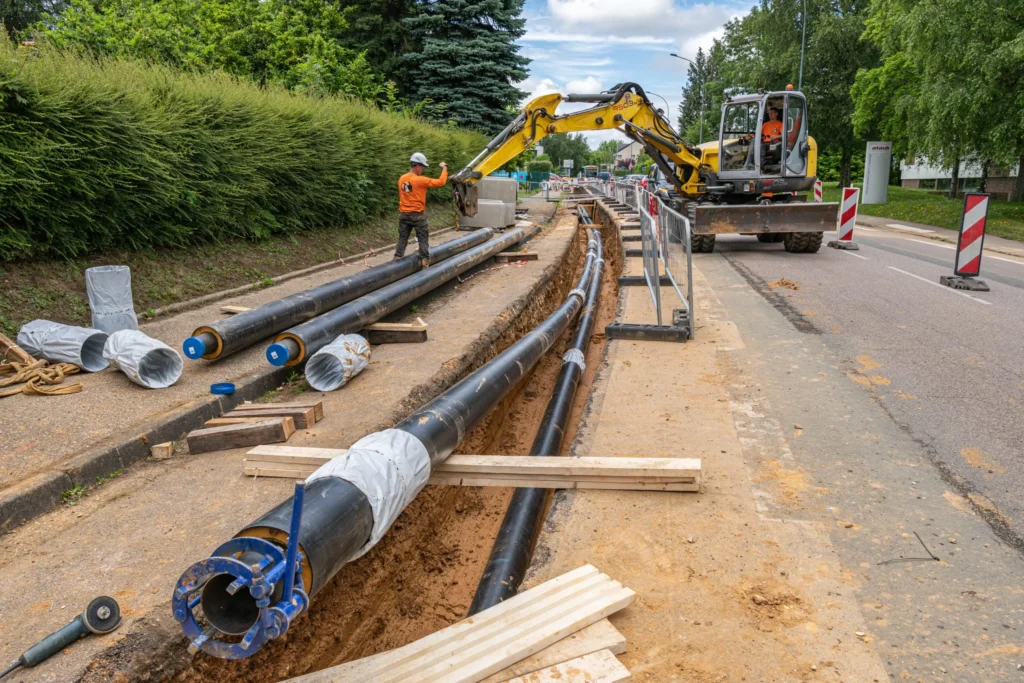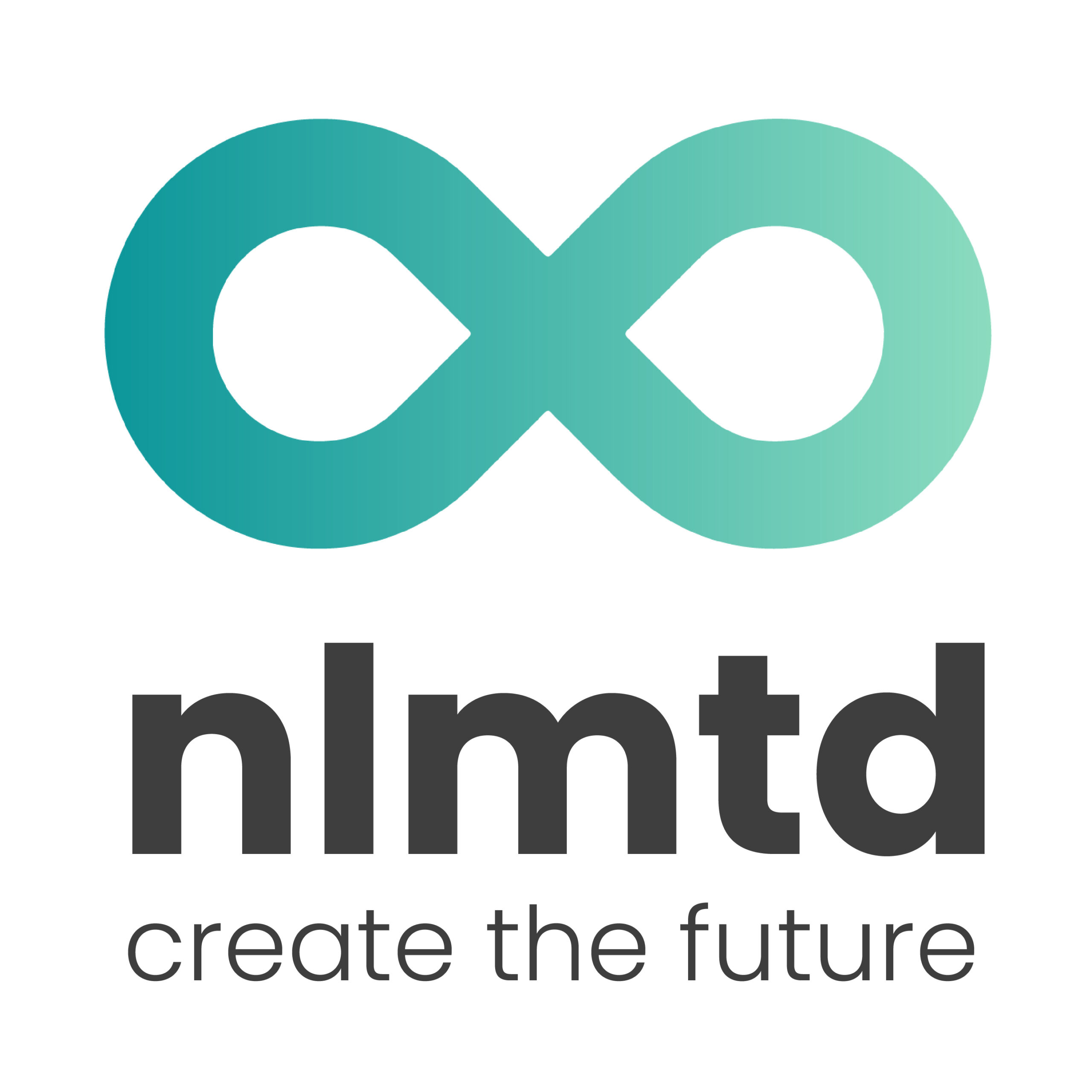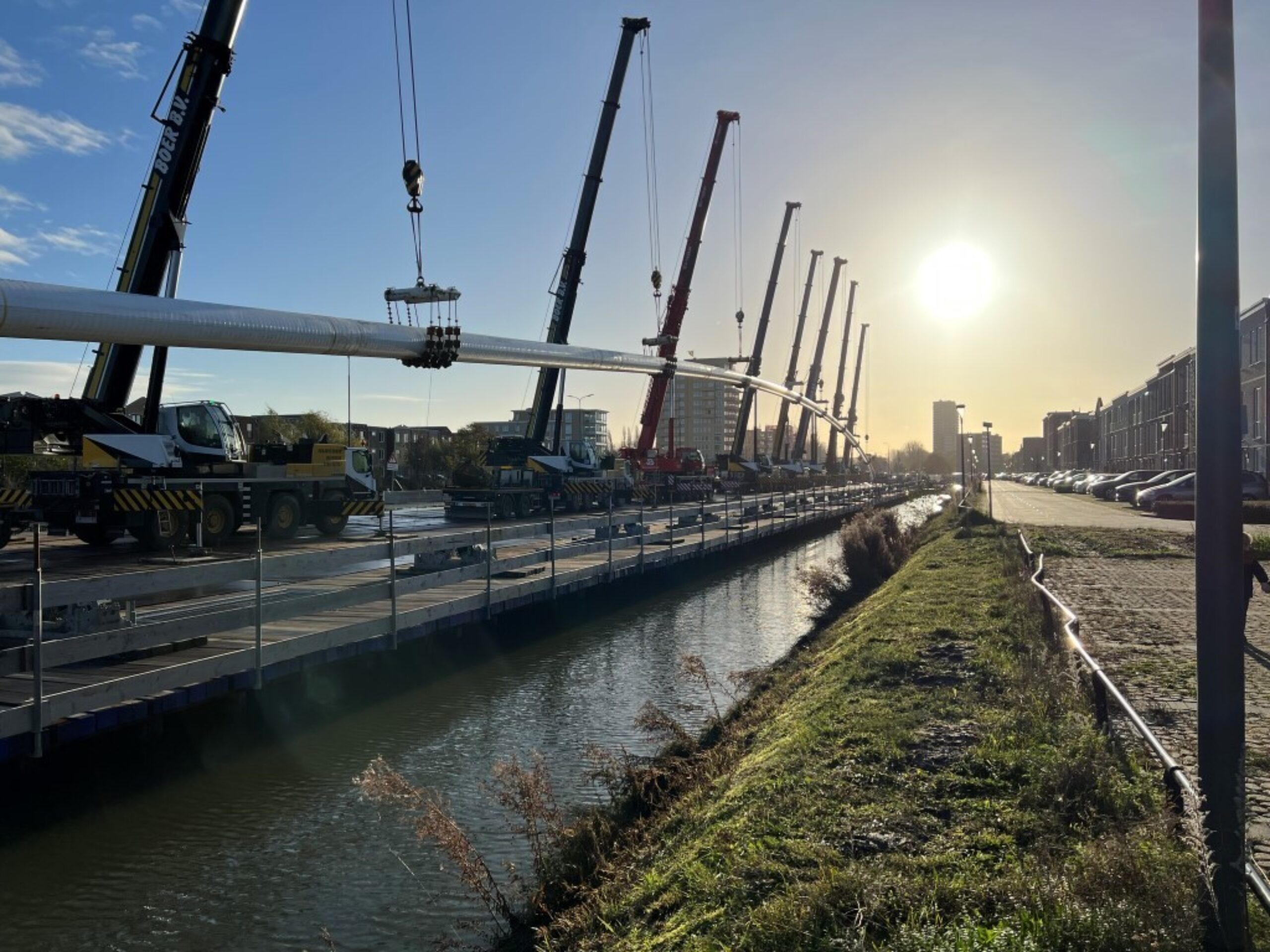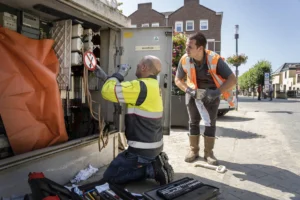
Henrietta Mansell
Director
Henriette is a passionate consultant who realizes sustainable change in traditional environments. With experience in the energy sector and a keen sense of organization and creativity, she brings structure to complex transitions. Her social commitment is evidenced by work in Rwanda and Nepal.

Marjolein ten Haaft
Manager
Marjolein is passionate about the heat and energy transition; she specializes in defining and implementing strategies and plans to address the challenges faced by heat companies, energy suppliers, and grid operators.

Gijs Briët
Director
Gijs is an enthusiastic, cheerful, and goal-oriented consultant who helps organizations make impactful change. Gijs has extensive experience as a consultant and project leader in the energy and water sector, focusing on (digital) transformation and organizational and process change.
Share this article
Cover image: Denys
The Dutch heat market is shifting toward increased public control. New legislation, evolving market dynamics, and economic pressures are leading municipalities, public companies, and the central government to take on an increasingly significant role in heat supply.
Two laws set the tone. The Collective Heat Act (Wcw), recently passed by the House of Representatives, will soon be debated in the Senate and establishes that municipalities and public parties will have more influence and control over heat networks. Municipalities can designate heat companies to develop heat networks. In addition, designated heat companies must be more than 51% publicly owned. The Wcw also strengthens consumer protection, transparency, sustainability, and tariff control. In addition, the Municipal Instruments Heat Transition Act (Wgiw). Now in force. This law gives municipalities the power to define, in a Heat Program and then in the Environment Plan, which heat lots are going off gas and when, including the option to choose a heat grid or other sustainable heat solution as an alternative to gas. This gives local government both direction and an obligation to implement.
This legal direction is already translating into practice. Municipalities and network operator subsidiaries are setting up public heat companies and expanding heat networks. Moreover, Energie Beheer Nederland (EBN) is preparing to take on an active role as ‘National Participation Heat’, which will allow it to invest in (regional) heat companies publicly from 2026. At the same time, commercial parties such as Eneco and Vattenfall are reconsidering their positions and considering (partial) sale of their heat network portfolio.
Affordability of heat remains an important and urgent issue. The government expects high public involvement and control to lead to lower costs and, in turn, to stable, transparent tariffs for consumers. At the same time, heat network projects are struggling with rising investment costs and complex payback models, leading some initiatives to hit the brakes temporarily. The political direction seems broadly supported, but the pace of implementation depends on the new cabinet and on support for implementing the WW and expanding new public heat companies and heat networks. The financing of public investments and subsidies remains uncertain.
In short, 2025 marks a turning point. The heat market is evolving from a private to a publicly led sector, in which cooperation between municipalities, provinces, the state, and public companies will become decisive for the success of the heat transition.
The next few years will determine whether the transition in the heat market through the latest legislation results in an affordable, reliable heat system or first leads to delays due to restructuring and financing issues. With the establishment of many new public heat companies, the initial interpretation and implementation of the Wcw is already well underway. Now, work together to develop as many heat lots as possible and thus increase the number of connections to a heat network with high affordability, security of supply, and sustainability.
Building the new heat economy together
With new legislation and growing public direction, the contours of the heat economy are becoming clearer. Municipalities, provinces, grid operators, and public heat companies are being given increasing responsibility. However, the parties mentioned above also face a major organizational issue. Roles & responsibilities must be defined, and in addition, there are many other stakeholders, such as residents, investors, and partners, who must also be kept satisfied. In Denmark, the collective heat supply is already proven very successful, and the model is still growing. The importance of timely investment and creating support has been essential to this.
The success of the heat economy in the Netherlands, therefore, depends on how well we facilitate & organize the transition. At nlmtd, we see daily how complex this task is and how important it is to link strategy and implementation intelligently.

The construction of a heat grid. Image: Adobe Stock
Where we make a difference
Strategy, transformation & organization
The heat transition requires future-proof strategies and organizations that are ready for implementation. At nlmtd, we help heat companies and public parties develop robust business models, investment strategies, and governance structures that balance public and financial interests. At the same time, we guide organizations in setting up workflows, teams, and change management so that new processes and systems actually work in practice. For example, we are currently assisting WarmtelinQ in realizing the world’s first open heat transport network. We also conduct M&A processes, looking at both unbundling and mergers. Finally, we believe in continuous learning and adaptation. Through adoption programs, heartbeat sessions, and ventures, we help organizations stay flexible and grow in a changing heat economy.
Preservation
Sustainability is at the heart of the energy transition. We support the planning and realization of CO₂ reduction, the integration of renewable heat sources, and the optimization of grids and assets for a climate-neutral future. Also, check out our earlier article on WLQ and sustainability, as well as our flexibility scan for intelligent grid optimization.
Innovation, Ecosystems & Research
Together with TNW, we are building innovation ecosystems around heat. From startups to technology partners, we help find the right collaborations and scale up ideas. Think market scans for partnerships, asset management standards, and tools to validate lots and increase participation. We also organize events to connect the ecosystem, such as the Master of Transition event on Nov. 7.
Next steps
The next few years form the basis for a new heat chain with greater cooperation, transparency, and innovation. At nltmd, we believe this transition can succeed only if strategy, innovation, and implementation reinforce one another. Together, we ensure that the heat market becomes not only more sustainable, but also more innovative and fairer.
Want to know how we can help your organization start or grow in the new heat market? Please get in touch with Marjolein, Gijs, or Henriette. We are happy to think along with you.





